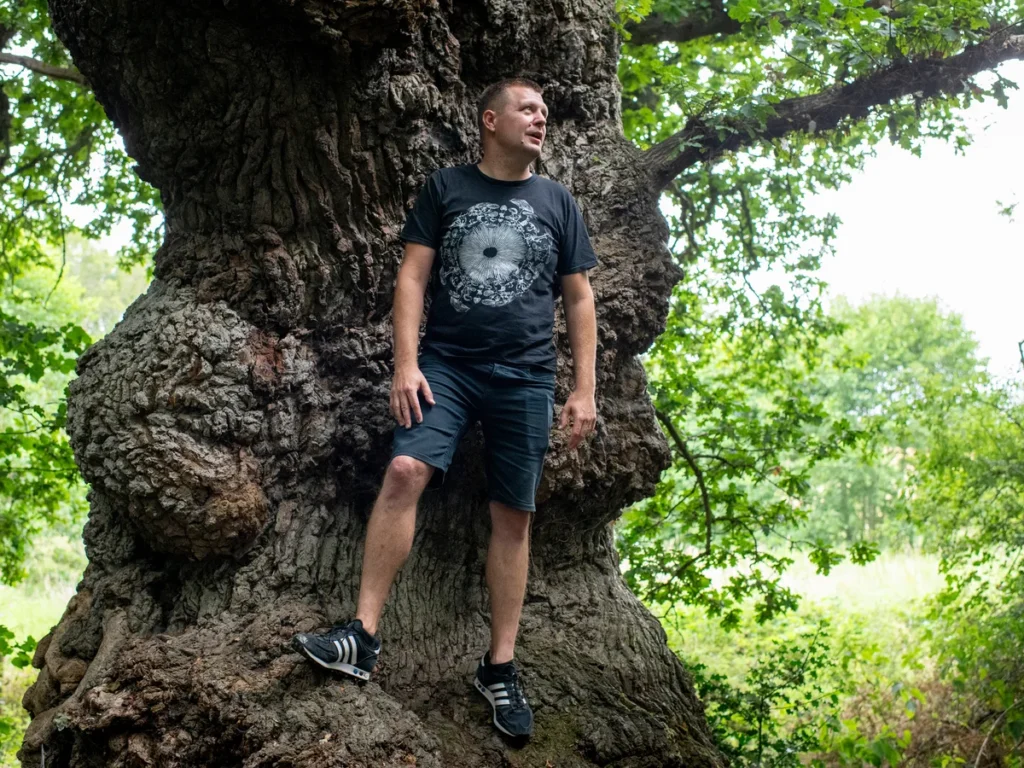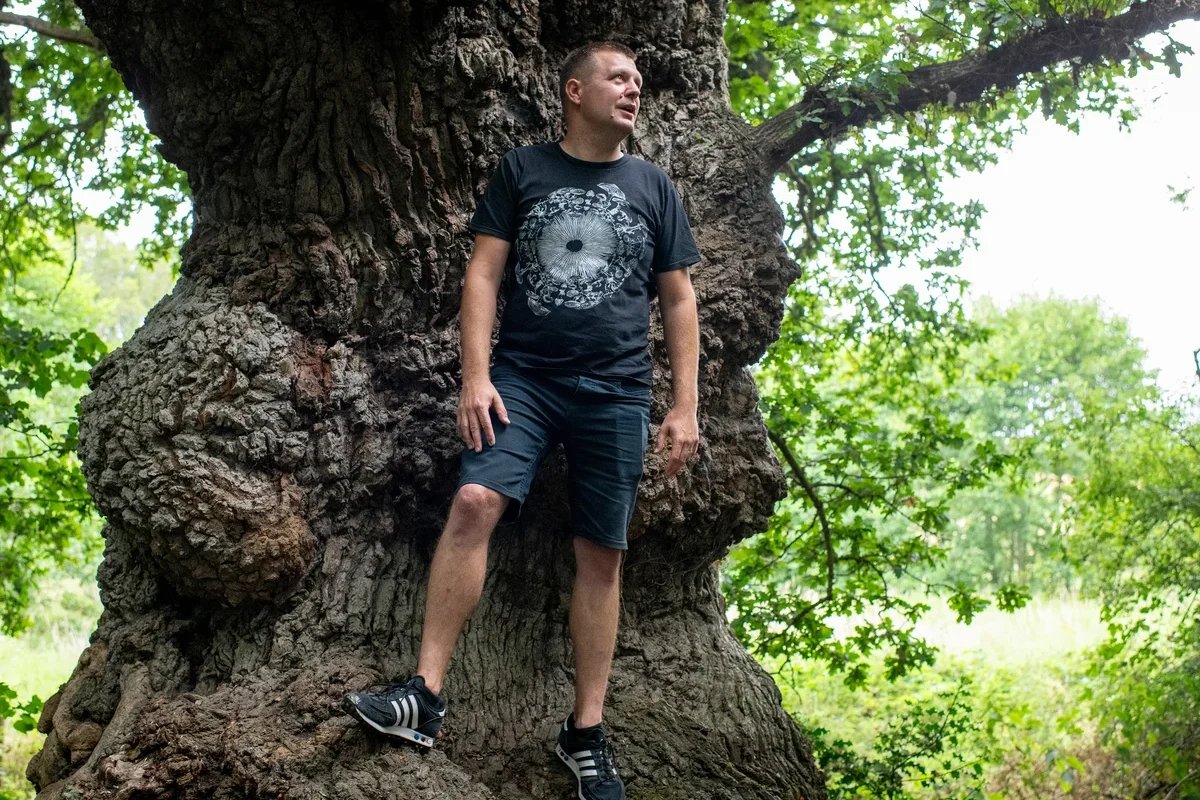The challenges facing our natural world—from accelerating climate change and biodiversity loss to pollution and habitat destruction—demand innovative thinking, meticulous observation, and unwavering dedication. While discussions often focus on technological advancements or policy shifts, a crucial, yet often overlooked, resource lies within the diverse tapestry of human cognition: neurodiversity.
The idea that neurodivergent minds, with their unique ways of processing information and perceiving the world, could offer profound insights and solutions for environmental conservation is gaining significant traction. It’s a paradigm shift that recognizes neurodiversity not as a deficit to be accommodated but as a vital strength to be leveraged in our collective effort to save the planet.
Understanding Neurodiversity: Strengths Beyond Convention
Neurodiversity is a term that describes the natural variation in human brains and minds. It encompasses conditions such as autism, ADHD (Attention-Deficit/Hyperactivity Disorder), dyslexia, Tourette’s Syndrome, and others. The neurodiversity movement challenges the traditional view of these conditions as disorders, instead framing them as natural variations with their unique cognitive strengths.
While neurodivergent individuals may face challenges in environments designed for neurotypical norms (e.g., social communication, sensory processing), their cognitive profiles often include remarkable strengths that are profoundly relevant to complex problem-solving, detailed analysis, and sustained focus—qualities indispensable for environmental work.
The “Intrinsic Connection”: Neurodiverse Traits and Nature
Many neurodivergent traits, often misunderstood in conventional settings, find a natural alignment with the demands and intricacies of environmental conservation.
- Exceptional Attention to Detail and Pattern Recognition:
- Many autistic individuals, for example, possess an extraordinary ability to notice subtle details and identify complex patterns that others might overlook. In ecology, this skill is invaluable for monitoring species populations, detecting early signs of environmental degradation, analyzing intricate climate data, or identifying anomalies in ecosystem health. This precision can be critical in fields like taxonomy, entomology, or environmental forensics.
- Deep Focus and Hyperfocus:
- For individuals with ADHD, hyperfocus—an intense and prolonged concentration on tasks that are highly engaging—can be a powerful asset. This ability to become completely absorbed in a subject allows for dedicated long-term research, meticulous species observation over extended periods, or the intricate planning and execution of restoration projects. This sustained attention is a superpower for tasks that might bore or overwhelm neurotypical individuals.
- Systemic Thinking and Unconventional Problem-Solving:
- Neurodivergent minds often excel at thinking in systems, understanding complex interdependencies, and approaching problems from novel, “outside-the-box” angles. This can lead to innovative solutions for climate change mitigation, sustainable resource management, or designing resilient ecosystems. Their ability to challenge conventional wisdom can be crucial in developing breakthroughs where traditional approaches have stalled. Think of Greta Thunberg, a climate activist with autism, who has often spoken about how her neurodivergence contributes to her directness and unwavering focus on climate science.
- Heightened Sensory Sensitivity and Appreciation:
- While sensory sensitivities can be challenging, they also mean a heightened awareness of the natural world. A neurodivergent individual might experience the subtle rustle of leaves, the unique scent of damp earth, or the intricate texture of bark with a profound intensity, fostering a deeper, more empathetic connection to nature. This deep appreciation can fuel powerful environmental advocacy and a strong desire to protect natural spaces, as articulated by figures like Chris Packham, an autistic naturalist and conservationist.
- Specialized Interests and Encyclopedic Knowledge:
- Many neurodivergent people develop intense, focused interests in specific subjects. This passion often translates into encyclopedic knowledge within niche ecological areas, such as a particular species of insect, a geological formation, or a specific type of plant. These highly specialized experts can fill critical knowledge gaps in conservation science.
Bridging the Gap: Cultivating Inclusive Conservation Spaces
Despite these inherent strengths, neurodivergent individuals have historically faced barriers to full participation in mainstream professional fields, including environmental conservation. Traditional workplace norms, communication styles, and sensory environments can be exclusionary. To truly harness this untapped potential, organizations must foster neuro-inclusive environments.
Strategies for creating supportive and effective spaces include:
- Flexible Work Environments: Offering flexibility in work schedules, locations, and methods to accommodate diverse needs and working styles.
- Clear and Direct Communication: Adopting explicit communication styles, avoiding ambiguity, and respecting individual preferences.
- Sensory-Considerate Spaces: Designing workspaces that minimize overwhelming sensory input (e.g., noise, harsh lighting) and offer quiet zones.
- Leveraging Strengths-Based Approaches: Actively identifying and valuing neurodivergent strengths rather than solely focusing on perceived deficits.
- Neurodiversity Training: Educating neurotypical colleagues and leadership about neurodiversity to foster understanding, empathy, and effective collaboration.
- Mentorship and Support Networks: Providing mentorship and peer support to help neurodivergent individuals navigate professional landscapes.

Organizations like the Sierra Club and WWF are increasingly advocating for “inclusive conservation,” recognizing that diverse perspectives are key to addressing complex environmental challenges.
Conclusion:
The global environmental crisis is a multifaceted challenge that requires every possible tool, perspective, and talent. Recognizing and actively integrating human neurodiversity into the fabric of environmental conservation is not merely an act of social justice; it is a strategic imperative.
By embracing cognitive diversity, we unlock new ways of seeing, understanding, and solving the intricate problems facing our planet. Neurodivergent individuals offer unique lenses through which to view nature, an unparalleled capacity for focused dedication, and an innovation potential that could truly help save our natural world.
To secure a sustainable future, we need all kinds of minds, working together, intrinsically connected by a shared commitment to the health of our planet.
For more post like this, don’t forget to bookmark our website, Swedbio.com.



